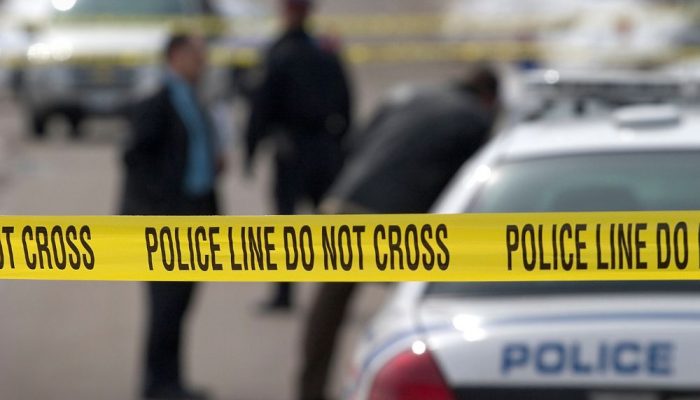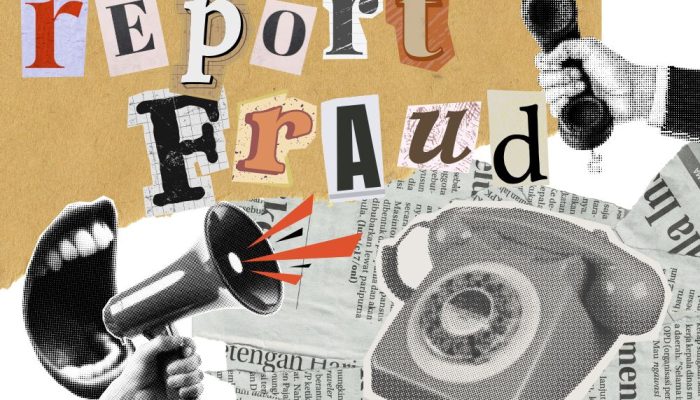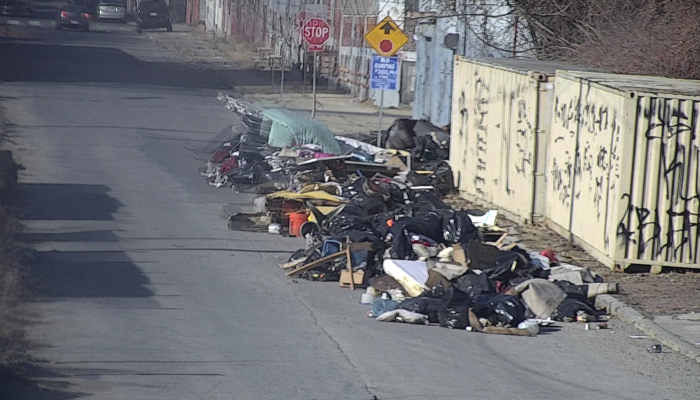Cleaning up crime
Philadelphia will soon become the national leader in an overlooked area of public safety policy: the cleaning and sanitizing of violent crime scenes. With this pilot program, a privately contracted vendor will professionally clean the blood, biological matter, medical waste, and other debris from crime scenes on public streets and sidewalks. Now we should seamlessly build on this policy foundation by incorporating recognized crime reduction strategies that focus on addressing environmental deficiencies and blight to achieve even greater public safety results.
Studies have found that violent crime may be reduced by greening vacant lots, remediating abandoned buildings, and cleaning blighted areas in affected neighborhoods. And perhaps it’s intuitive, but crime scenes exhibiting the most bloodshed (overwhelmingly because of gun-related shootings in Black and brown neighborhoods) tend to take place adjacent to trash-strewn lots and dilapidated properties. Cleaning these violent crime scenes will organically point us to the areas where environmental deficiencies may need the most urgent (and perhaps sustained) attention.
In that way, these scenes provide a simple road map for where the city could direct and prioritize its blight reduction efforts. It is now justly the city’s responsibility — morally, logistically, and financially — to clean and sanitize the worst crime scenes in public areas. By natural extension, greening trash-filled lots, properly sealing abandoned properties, and providing sufficient lighting in areas near those crime scenes should receive top priority for remediation, and perhaps even additional social services and outreach. At the bare minimum, this approach will reflect our genuine compassion and concern for our fellow Philadelphians in the wake of a tragic and visceral event that occurred on their doorsteps.
Deputy Inspector General Adam N. Geer recently wrote about this topic in a letter to the editor for the Philadelphia Inquirer.




